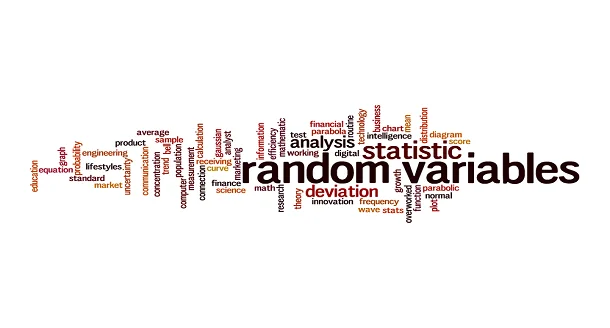When experimenting, researchers use different types of variables in research to measure their findings. These variables include resultant, predictor, and experimental variables. For instance, if a company is trying to find out the capacity of 100 employees to complete a project, it is essential to know that some are intelligent and will work very hard to complete the project. In contrast, others may have an average capacity.
Qualitative vs Quantitative variables:
Quantitative variables have the advantage of being easier to collect and statistically analyze than qualitative data. Quantitative data are also more readily available and can be managed in large samples. They can also be more easily compared among different variables, making them an excellent choice for studies that require statistical analysis.
Both quantitative and qualitative data are helpful for research projects. Quantitative data are analyzed numerically to establish cause-and-effect relationships, confirm or disprove the study’s initial hypothesis, and trigger action and awareness. However, quantitative data can’t always tell the whole story. The lack of flexibility in qualitative research can make it challenging to identify broader themes or explore more deep layers of meaning.
When analyzing quantitative data, it is best to analyze the results with statistical tools. However, qualitative data takes on a more personal and intuitive nature. For example, you may use qualitative data to investigate the buying power of your target audience and then compare it with the buying power of another organization’s audience.
Discrete vs ordinal variables:
Discrete vs ordinal variables are used for statistical analysis in research. They are two different types of categorical data that can be collected from people using various methods, including observation, questionnaires, or testing. Ordinal variables may have multiple categories, while discrete variables have a single class. The difference between the two types of data is in how they are visualized. Both data types can be represented by graphs, including pie charts, bar charts, or mosaics.
Discrete variables can only have a discrete value, while ordinal variables can have values throughout a continuous range. Using both data types in a research study can lead to different findings. One of the most common variables is count data, which is often transformed into percentages. While this process has good descriptive utility, it can lead to problems when used in statistical tests.
Discrete variables are used to describe the level of a variable, whereas ordinal variables are used to describe the order of different attributes. For example, a precourse survey might include questions with ordered scales that ask students how enthusiastic they are about taking the course. Those questions could range from one to ten.
Extraneous variables:
Extraneous variables can make it difficult to find independent variables in a study. In addition, these variables can introduce noise and variability into the data. They can even become confounding variables, masking the actual effect of the independent variable. For example, the mood of the participants during a survey can affect their responses to questions about happy childhood memories.
Fortunately, extraneous variables can be controlled by researchers. One technique involves the use of the “type technique.” The researcher controls the effect of extraneous variables by varying the types of conditions, treatments, and drugs. This type of technique applies to both laboratory settings and real-world settings.
Another way to control extraneous variables is to hold some variables constant. These variables can include situational, task, and participant variables. For example, most language studies limit the number of participants to right-handed people. Right-handed people have language areas that are more centralized in their left hemispheres, while left-handed individuals have language areas distributed throughout their cerebral hemispheres.
Confounding variables:
A crucial part of research methodology is identifying and removing confounding variables. These factors can make a difference in the results of your research. There are many ways to minimize their effects. One way is to use randomization methods. This involves randomly assigning half the subjects to a treatment group and half to a control group. This ensures that the confounders have similar effects on both groups and do not correlate with the independent variable.
Another way to control for confounding variables is to restrict the study population to a specific age group. For example, suppose you want to study the relationship between physical activity and heart disease. In that case, you might restrict the study to participants between thirty and sixty years old. Because heart disease risk is relatively high within this age range, you would not be able to generalize your results to participants, not in that age group. Using this method is particularly difficult when there are multiple confounding variables.
Another critical way to avoid confounding is to identify all variables that may influence the experiment’s outcome. For example, coffee drinkers may have a higher risk of heart disease than people who do not drink coffee. Identifying and controlling confounding variables will improve the accuracy of your research.
Author Bio:
Carmen Troy is a research-based content writer for Cognizantt, a globally Professional SEO firm and Research Prospect, The best academic writing services company worldwide. They provide many Academic writing services, law essay writing services, dissertation writing services, etc. Mr Carmen holds a PhD degree in mass communication. He loves to express his views on various issues, including education, technology, and more.


